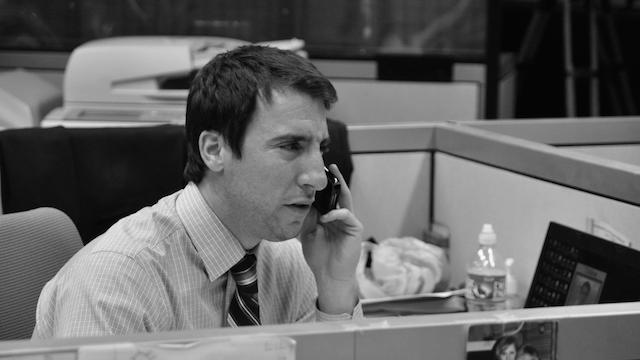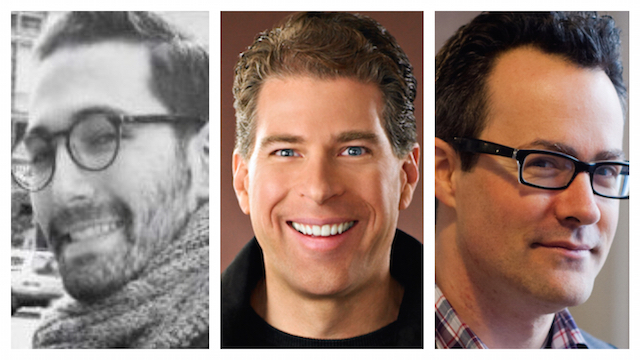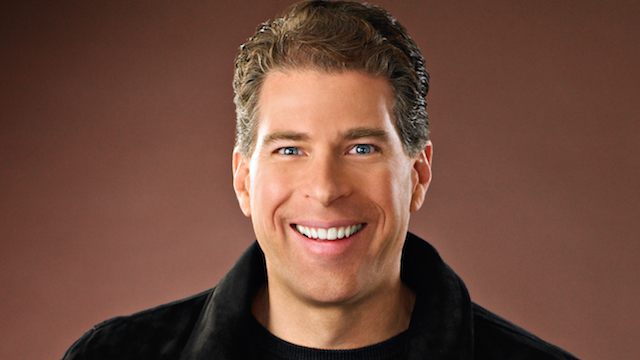March 13th, 2020 was our baby girl’s due date. We didn’t realize how fortunate we were when she arrived two weeks early, two weeks before the coronavirus pandemic fully overtook most Americans’ lives.
By the time March 13th arrived, the NCAA had cancelled the Final Four, the NBA, NHL, and MLB had postponed or suspended their seasons, and the stock market had plummeted. A day earlier, my state of Georgia announced the first death related to COVID-19. That afternoon the United States officially entered a national state of emergency.
This was clearly, also, a journalistic emergency – the kind where anyone who can pick up a camera or write a script is expected to report. I didn’t. On March 13th, I fed and swaddled my newborn, then picked up my older daughter from day care with the knowledge she likely wouldn’t return anytime soon.
I wanted to work. But I wouldn’t cut short this critical period to do so.
A storyteller’s instinct is to rush to the biggest stories. We romanticize it. I’ve heard reporters boast about cutting short weekends, vacations, and honeymoons to cover the latest breaking story. To some degree – and depending on where you work – that’s part of the job. I’ve spent snowstorms on windy, whitecapped bridges. I’ve missed friends’ weddings to cover the World Series and Olympics. I struggle with these sacrifices, but I understand why they’re necessary, and I hope my friends and family do too.
But I wouldn’t sacrifice this. Months before my daughter arrived, I informed my bosses I planned to take four weeks off: two for paternity leave, and two as paid time off. I resolved as many commitments as I could beforehand, and I cleared those weeks to focus solely on family. No story, I pledged to myself, would reel me back.
Then a worldwide pandemic struck American cities, and I felt torn.




